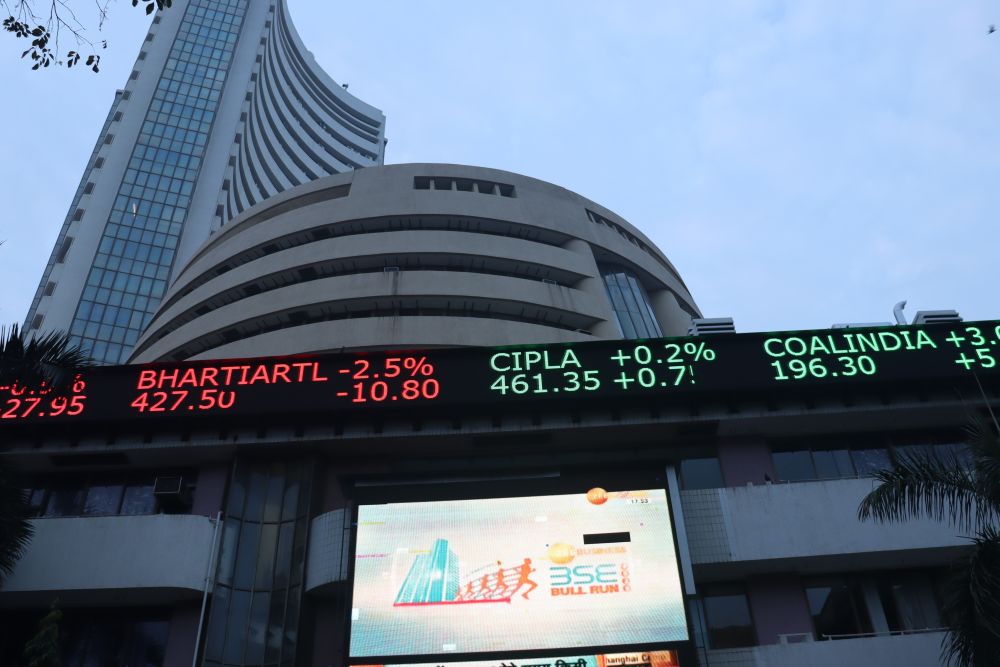After months of battling with Covid-19, and despite ongoing risks and uncertainties, Beijing’s successful strategy to contain the coronavirus is now starting to be reflected in household and business confidence, which are returning to more normal levels.
As the first country to emerge from the coronavirus crisis, the powerful trends that were transforming China’s economy remain intact and are expected to continue, laying the foundations for China to escape negative growth in 2020 and enabling Chinese companies to be the first to embark on a new earnings growth cycle in 2021.
The fight with Covid-19 is still ongoing, and there is a need to remain vigilant about the risk of a second wave of coronavirus infections as Chinese people start to reintegrate into their jobs and social activities across the country.
However, compared with the initial outbreak in Wuhan, the whole system is well prepared for any future waves through its targeted lockdown approach and huge test-and-trace efforts. Such responses, on top of public confidence and policy support measures, are good reasons to be constructive on China’s future and the solid fundamentals of many Chinese companies.
The industrial sector appears the most confident. According to the Organisation for Economic Co-operation and Development, manufacturing confidence in China rebounded in April to its highest level since October 2018. By April, over 97% of larger industrial enterprises were operational, with over half operating at or above 80% of their normal levels.
The strength and depth of China’s manufacturing response was further confirmed during the coronavirus crisis. For all the negative rhetoric between the US and China caused by Covid‑19, the world may find that China remains an integral part of the global supply chain.
In our view, China has the most comprehensive/integrated supply chain, from labor‑intensive apparel/toys to higher‑value‑added medical and technology products. This is not about to change. What’s more, in just a few years’ time, we believe China itself is set to become the largest domestic consumer economy in the world, with a meaningful economy of scale advantage in many products.
Property too has been one of the relative bright spots. Fears of sharp falls in property prices after transactions plunged during the lockdown period have failed to materialize. Instead, pent‑up demand among potential homebuyers has allowed residential sales to recover more quickly than expected. The residential property sector appears to be emerging relatively unscathed from the coronavirus pandemic, which is creating one less headwind for the economy in 2020.
We believe social distancing and work‑from‑home arrangements, meanwhile, are likely to accelerate many of the trends in China that are already playing out, including the growth of online penetration, e‑commerce, gaming, food delivery, supermarkets, and cloud services associated with working from home. Within the business services sector, there are good potential investment opportunities in property management, an area that is developing rapidly in China, as well as logistics and in human resources.
We also believe the consumption premium trend will likely resume after temporary disruption from the coronavirus outbreak, while the pace of Chinese companies moving up the technology curve, be it biotech or information technology, continues to be impressive. This comes on top of continuing efforts to cultivate the post‑Covid‑19 “New Economy” and leverage technology and innovation to drive productivity improvement.
Finally, while everybody knows that China’s labour force is likely to shrink gradually in the coming decades, many seem to ignore China’s education dividend. Whereas the number of students entering college stood at around 1 million 20 years ago, today it is over 9 million. In 20 years’ time, we can expect 30% to 40% of China’s population to have a college degree, up sharply from the current 6% to 7%. This will create an education dividend that will improve the quality of the labour force and help drive China up the value chain through innovation in science, technology, and research and development.
This optimism, however, is not without risks. External demand is currently the major economic risk for China, as the global recession triggered by the coronavirus has only just begun to make its presence felt. There are also potential headline risks such as trade tensions and US pre-election politics. That said, despite these concerns, we think that fiscal stimulus via infrastructure investment, plus some pent-up consumer and property demand, should be enough to offset weaker export demand and prevent an outright contraction in the Chinese economy in 2020. Unlike the US, Europe and Japan, China can expect an annual GDP increase in the 2% to 4% range.
Given our long-term constructive view on China, we believe the short-term disruptions can create opportunities to capitalize on mispriced stocks.
Wenli Zheng is a portfolio manager for China equities at T. Rowe Price.








